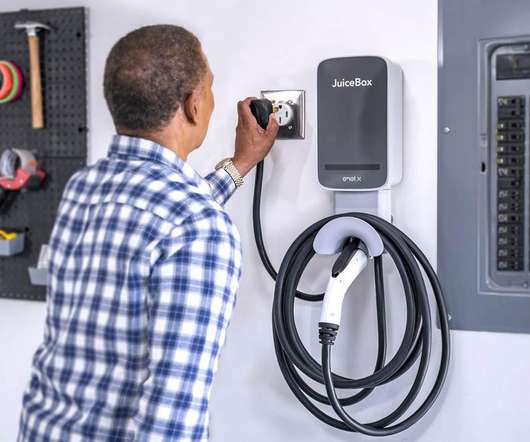Volvo Trucks, UMN partner with local fleets for extreme weather field testing of Volvo VNR Electric truck batteries
Green Car Congress
JUNE 23, 2023
Volvo Trucks North America is working with the University of Minnesota (UMN) to conduct extreme weather testing for its Class 8 VNR Electric model to analyze the impact of ambient temperature on a truck’s battery life. The EMS also enables higher efficiency and longer range through advanced eco-route planning.















Let's personalize your content